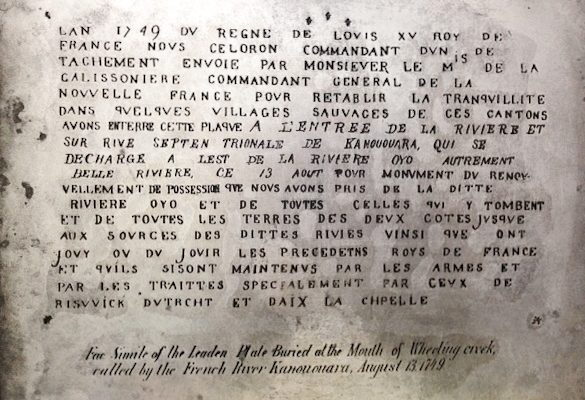No one has ever found it, but there were a few moments when Wheeling resident Chris Hamm thought he may have.
It was completely possible that his father may have somehow come into ownership of it since he was the most respected journalist in the state of West Virginia during his 50-year tenure with the Wheeling newspapers. Harry Hamm did what he could to instigate economic development, recreation, education, and public safety, and the man collected all the connections from Washington, D.C. to the Friendly City’s infamous underworld.
“I was talking with my mom not too long ago, and she told me that she could remember when Bill would call the house,” Hamm said. “I said, ‘Bill?’ And she answered, ‘Lias.’ We always knew it was him because of his voice, and he would always say, ‘Hamm there?’
“That always made me curious because one of my dad’s main goals was to put him away so the city would get cleaned up. And, there were usually threats made against us, and windows in our cars would get busted out,” he recalled. “I can remember that we kids would joke around about whose turn it was to go start dad’s car.”
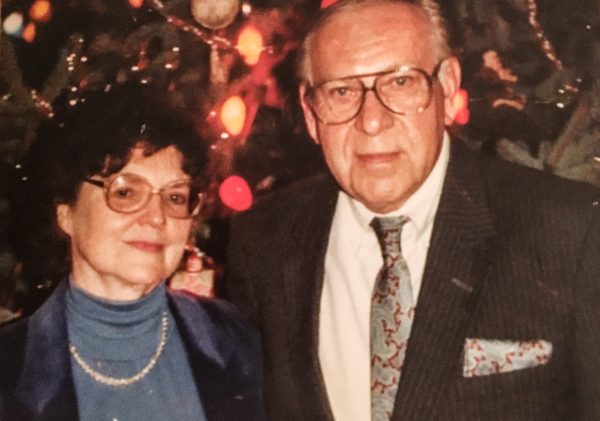
After he had made several trips to his childhood home, a spacious dwelling surrounded by similar three-story structures, Chris had finally arrived for the final visit.
“Clearing out the house was an ongoing process because we had to get what was inside to the outside, of course, and there was a lot because of the number of years my mom lived there,” Hamm explained. “On the very last day, though, I moved the very last cabinet in the kitchen area, and behind it was something I hadn’t seen before. I had no idea what it was, but it did have words in a language I didn’t know.
“I immediately did some research and learned that it was similar to the Céloron Plate, and maybe for a second I thought, just maybe, somehow my dad had the real thing, but as soon as I did a more research, I knew it couldn’t be the real thing,” he said. “I saw photos online of some of the originals that had been discovered, and they appeared to be much more rugged that what I had found behind that cabinet.”
During his continued research, however, Hamm did discover the Weelunk story on Pierre Joseph Céloron de Blainville’s visit to the city 268 years ago.
“And then I was doing some work at a library in Belmont County; I took it with me and asked some people about it, and almost immediately they were able to pull up some information on it,” Hamm recounted. “That’s when I learned for sure that it was a facsimile. They didn’t know why my parents had it, but they knew that it was not the Céloron Plate.
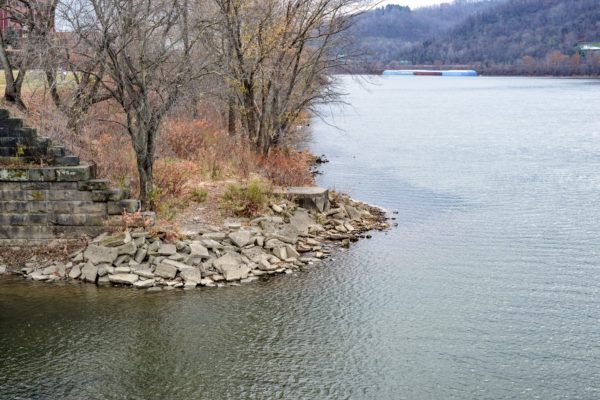
“Of course, during my research I found out that the actual plate hasn’t been found,” he continued. “And who knows where it could be. It may have been washed out by high water because back then the Ohio River wasn’t as consistently deep as it is now. Since then, the whole culture of the river has changed.”
At the age of 18, Harry Hamm became a professional journalist, and he ascended to the position of editor 15 years later. He would serve in that position until his retirement in September 1991 and he passed away six weeks later at the age of 68. His widow, Mary, however, survived 26 more years until she passed in October 2017 at the age of 91. The couple raised 12 children, a few of whom figured out how to continue residing in the city their father attempted to reinvent nearly three decades ago.
Chris and his wife are residents of the Mozart neighborhood, and he operates Indoff Office Furniture & Material Handling in Center Wheeling. He has served on the Wheeling Traffic Commission for several years, has run to represent the city third ward twice, and is no stranger to the Ohio County Public Library.
That is why he contacted archivist Laura Carroll about his discovery, and the library representative quickly called local historian Margaret Brennan. Not only did Brannan know the history of Céloron’s 1749 visit, but she, too, was honored with the same replicated lead plate Harry Hamm received during the International Voyageur Convention held in Wheeling in 1980.
“Not too many people in Wheeling now know anything about the Céloron Plate; that I can tell you,” Hamm said. “Maybe one in every 100? But it was pretty cool to learn about something that took place here so long ago. The people of the Ohio Valley know some history of this area, but I do have to wonder how many realize how long this area’s history is.”

His Crystal Ball
The reproduction plate, though, was not the only treasure found in the house by the Hamm children. One of Chris’ younger brothers, Matt, discovered several items, like a sleeve of monogrammed Oglebay golf balls and old Christmas-themed glasses collected at Elby’s Family Restaurant. But he also uncovered an original copy of his father’s “Wheeling 2000” plan, a text blueprint of passages the author published in 1987 because he believed it would help pull his beloved city out of the doldrums of decline and into a resurrection.
“It must be a living, working plan, flexible enough to embrace new ideas when they come along and accept practical leadership,” editor Hamm wrote. “The plan must avoid the old, Professional schemes that were loaded down with statistics and data, and pie-in-the-sky ideas that do not relate to the community populace or generate a feeling that they are not achievable.”
“I had no idea what we might find while cleaning the house, but there were a lot of his works and a lot of photographs from the news, and a lot of photos with my dad and Sen. Byrd, Sen. Rockefeller, and Congressman Mollohan,” Hamm said. “And, of course, we found his ‘Wheeling 2000’ plan, and I can still remember when that was finished and it was published in the newspaper. People thought a lot about that plan, and we have seen some of it come true.
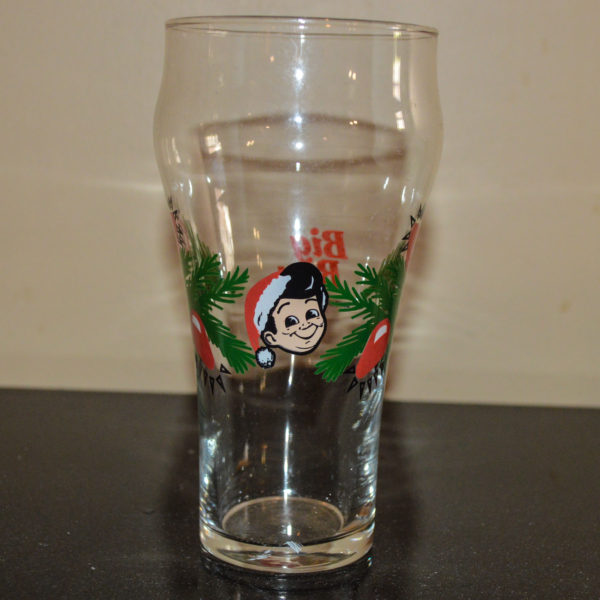
“So many of today’s ideas originated with that plan,” he said. “Just read it and then look around.”
The legendary editor suggested many developments within the municipality’s 16 square miles, such as the continued restoration of Independence Hall, a concentration in Centre Market, the creation of the Wheeling Convention and Visitors Bureau to market the city outside of the city, the return of urban living, and private-public partnerships for economic development, an insightful notion only now getting traction across the country.
While several of Hamm’s recommendations were tried until elapsed time and a lack of private-sector investment by the wealthy in the Wheeling area thwarted them, a number of aspects involved with Hamm’s vision have been realized. Independence Hall has been completed, Centre Market is chock full of commerce that attracts thousands each week, the Wheeling CVB not only markets the Friendly City but owns the Capitol Theatre, and loft living has lured more than a hundred new residents to downtown Wheeling.
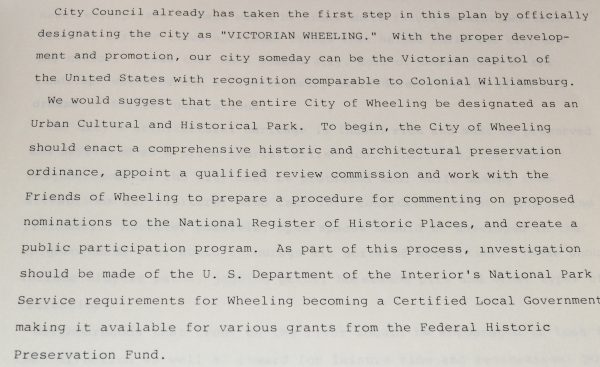
In fact, only a few of Hamm’s objectives did not fully materialize in some form. The journalist, a member of the Wheeling Hall of Fame, urged leaders to utilize local colleges to educate the citizenry about local issues as he recognized a decrease in the amount of attention paid to important topics; he also viewed an illuminated Wheeling Suspension Bridge as imperative to the town’s image, but a proposed beautification project has been delayed a half-decade because state officials and historians have continued discussing methods to enforce the historic span’s two-ton weight limit; and Hamm felt Wheeling could become a “retirement city” if related efforts to recruit such newcomers were initiated.
“The plan must take the form of a “how-to-do” the job proposed,” he scribed, “and suggestions for a hands-on approach to development.”
“My dad,” Hamm said, “definitely knew what he was talking about.”


